Fonio is a crop indigent to West Africa and is probably the most ancient African cereal. In fact, West Africa has been cultivating this cereal for 5,000 years. Fonio is a gluten-free and highly nutritious grain. It contains iron, zinc, magnesium, and phytonutrients. Thanks to all these benefits, fonio is truly an ancient African superfood!
In addition, to being a top crop in West Africa, this grain is gaining popularity worldwide for its nutraceutical properties. For instance, it is used in managing diabetes. This crop is particularly used in health or health-specific foods, like acha-bread, biscuit and cookies, sourdough, and traditional drinks1.
Since fonio matures over 60-70 days, it is the world’s fastest maturing cereal. Fonio grains are just 1mm in size, and so are the smallest in the millet family. Two types of fonio species are cultivated, namely D. exilis (or white fonio), and D. iburua (or black fonio). Many also refer to this grain as ‘hungry millet,’ ‘hungry rice,’ fundi, acha, and iburura.
This crop is rich in amino acids, namely cysteine (a crucial detoxifier) and methionine (an antioxidant and is involved in fat decomposition)2. These two amino acids are important for human growth and metabolism.
Fonio benefits | Nutrition Facts | Recipes | Where to buy
Fonio and Its Main Benefits
1. Naturally Gluten-Free
Fonio is gluten-free and so it is suitable for those diagnosed with coeliac (or celiac) or suffering gluten-related disorders and intolerances. The global prevalence of gluten-related disorders (GRDs) is continuously increasing. In fact, those suffering from such disorders are estimated at 5% of the population3. Since this grain is easy to digest, it is a great option for anyone suffering from stomach or digestive issues.
2. Low GI
The Glycaemic Index (GI) is a system for rating foods by their carbohydrate content. Essentially it is used to show how quickly each food affects your glucose (blood sugar) level when you eat that food on its own. When you consume low GI foods, your blood sugar levels rise and fall slowly, and so you may feel fuller for longer. In this way, you would be better able to control your appetite, which is a plus when trying to lose weight.
Foods with a low GI rating are particularly important to those diagnosed with diabetes since eating foods with low GI ratings helps in smoothing blood glucose levels.
3. Rich in Amino Acids
Fonio’s protein composition is similar to that of white rice. However, fonio contains considerably higher amounts of sulfur-containing amino acids, namely cysteine, and methionine. Grains such as wheat, corn, rice, sorghum, and barley usually tend to be lacking in these amino acids 1.
- Cysteine is a non-essential amino acid (produced by your body) that is necessary for protein synthesis and detoxification. It also aids in forming the essential amino acid taurine, which helps your body maintain proper electrolyte levels, support your immunity system, eyes, and central nervous system, as well as to regulate minerals in your cells.
- Methionine is an essential amino acid that must be obtained from your diet. Methionine contributes to skin elasticity, hair growth, nail health, and the growth and repair of your body tissues.
A typical serving of fonio provides 10% of an adult’s daily essential amino acid needs, with the exception of lysine5. Being also a good source of protein, people who don’t eat enough animal or protein-based foods should consider adding fonio to their diet.
4. Rich in Iron and Copper
Iron is an essential trace mineral that is crucial to various metabolic processes, including oxygen transport in your body, deoxyribonucleic acid (DNA) synthesis and formation, and the transport of electrons. However, since iron can form free radicals, make sure that you do not consume iron in excess of your body requirement as it may lead to tissue damage6.
Although iron is present in various foods and in different quantities, your body absorbs only a small percentage of that intake. Since this grain has high iron content, it is particularly suitable for those suffering from anemia and iron deficiency. Whilst, the recommended Daily Value (DV) of iron varies at the different life stages of a person7, the general Daily Values are the following:
- 18 mg for female adults, and
- 8 mg for male adults.
This ancient African grain is also rich in copper, a mineral that is required for many important functions, such as:
- Red-blood-cell production;
- Producing energy;
- Cellular respiration;
- Support connective tissues;
- Maintenance of the nervous and immune system, and
- Activating genes.
Copper indirectly acts as an antioxidant and your body also needs it for brain development8.
5. Rich in Vitamin B1, B3 and Phosphorus
Fonio is a good source of B vitamins, including thiamine (Vitamin B1), riboflavin (Vitamin B2), and niacin (Vitamin B3), which are required for the growth, development, and function of cells, as well as for producing energy.
Fonio is also a source of phosphorus, which is another mineral that your body needs to make energy and to carry out many important chemical processes. All these energy-containing properties make fonio a good option if you want to kick-start your day just right (Try these breakfast recipe ideas)!
6. Good source of Calcium
A journal in European Scientific Journal (ESJ) suggests that fonio has the most calcium content of all grains9. Therefore, this grain is a good choice for those who are lactose intolerant or vegans as they do not consume dairy products.
Nutrition Value Comparison
Fonio’s macro-nutrients are very similar to those of rice but it has more protein, is lower in net carbs (carbs less fiber), and tends to exceed rice in micro- nutrients.
For 100g uncooked fonio and white rice:
| Fonio Nutrition Facts* | White Rice Nutrition Facts | |
| Energy | 370 kcal | 370 kcal |
| Protein | 8.1 g | 6.9 g |
| Fats | 1.4 g | 0.6 g |
| Carbohydrates | 80 g | 81.7 g |
| Dietary Fiber | 2.7 g | 2.8 g |
| = Net Carbs | 77.3 g | 78.9 g |
| Iron | 4.6 mg | 1.6 mg |
| Phosphorus | 107 mg | 71 mg |
| Thiamin (Vitamin B1) | 0.3 mg | 0.2 mg |
| Niacin (Vitamin B3) | 4.5 mg | 2.2 mg |
Fonio as a Food Of The Future
World Wildlife Fund (WWF) together with Knorr and in partnership with Dr. Adam Drewnowski who is the Director of The Center for Public Health Nutrition at the University of Washington, have created ‘The Future 50 Foods Report’. This report classifies fonio as one of the foods for the future, swapping this grain with maize, white rice or spelt, also increases the nutrient content of your dish.
When consuming this grain, you would be also contributing to greater agro-biodiversity and supporting the resilience of the food supply. In addition, you would be contributing towards the happiness and the income that hard-working women farmers generate in the African Sahel. You will also contribute to the restoration of degraded soils!
Recipes With Fonio
This delicious, low GI, gluten-free and nutrient-dense super grain can be cooked in only 3 minutes! This grain is therefore a perfect fit for your busy lifestyle! It is an alternative to rice, couscous, or quinoa and can be easily added to salads, soups, porridge, or side dishes.

Fonio is a versatile grain and has an earthy, nutty, and delicate taste, and is similar to couscous in texture when cooked. Below are some must-try scrumptious, healthy fonio recipes.
- Breakfast recipes: Fonio Porridge, Fonio Pancakes, Cacao-Orange Fonio Porridge
- Snack recipes: Fonio & Moringa Crackers
- Salad recipes: Fonio Tabbouleh Salad, Mango Fonio Salad
- Light recipes: Fonio Courgette Fritters, Fonio Pilaf, Fonio Wraps with Chilli Baobab-Tahini Tofu Spread, Fonio Vegan Croquettes
- Main dish recipes: Fonio & Sweet Potato Burger, Lentil & Sweet Potato Curry with Saffron Fonio, Fonio Balls in Mushroom Sauce & Creamy Polenta, Fonio Balls in Peanut Sauce, Lamb-Shoulder Mafe with Fonio
- Sweet recipes: Fonio & Rose Cookies,
Where to Buy Fonio?
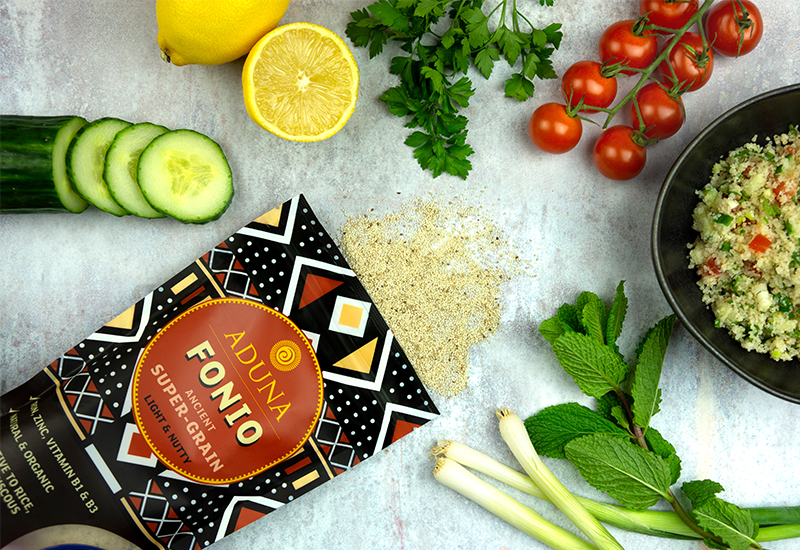
When it comes to superfoods, my number one brand is Aduna.
I fell in love with this brand when first consuming Aduna Super-Cacao Powder, both for its flavour but also for its rich nutrients. I also happen to be fond of Aduna Fonio Super-Grain, which is 100% natural, organic, vegan, and gluten-free.
Aduna Fonio Super-Grain is available directly from aduna.com and amazon.
*This post includes suggestions for products that Lifestyle Exquisite thinks are useful to its readers. If you buy through links on this page, a small commission may be earned.
Sources
1 I A Jideani 1, V A Jideani in affiliation with Department of Food Science and Technology, School of Agriculture, University of Venda, Private Bag x5050, Thohoyandou, 0950 South Africa. Developments on the cereal grains Digitaria exilis (acha) and Digitaria iburua (iburu).
2 A. Kalaisekar, V.R. Bhagwat, P.G. Padmaja, J.V. Patil. Insect Pests of Millets – Systematics, Bionomics, and Management. 2017.
3 Taraghikhah, N., Ashtari, S., Asri, N. et al. An updated overview of spectrum of gluten-related disorders: clinical and diagnostic aspects. BMC Gastroenterol 20, 258. 2020.
5 Glew RH, Laabes EP, Presley JM, Schulze J, Andrews R, Wang YC, Chang YC, Chuang LT. Fatty acid, amino acid, mineral and antioxidant contents of acha (Digitaria exilis) grown on the Jos Plateau, Nigeria. Int J Nutr Metab. 2013 Jan;5(1):1-8. doi: 10.5897/IJNAM13.0137. Epub 2013 Jan 31. PMID: 26635994; PMCID: PMC4666555.
6 Nazanin Abbaspour, Richard Hurrell, and Roya Kelishadi. Review on iron and its importance for human health. 2014.
7 National Institutes of Health (NIH). Iron factsheet.
8 National Institutes of Health (NH). Copper factsheet.
9 Jocelyne, R. E., Béhiblo, K., & Ernest, A. K. (2020). Comparative Study of Nutritional Value of Wheat, Maize, Sorghum, Millet, and Fonio: Some Cereals Commonly Consumed in Côte d’Ivoire. European Scientific Journal, ESJ, 16(21), 118.

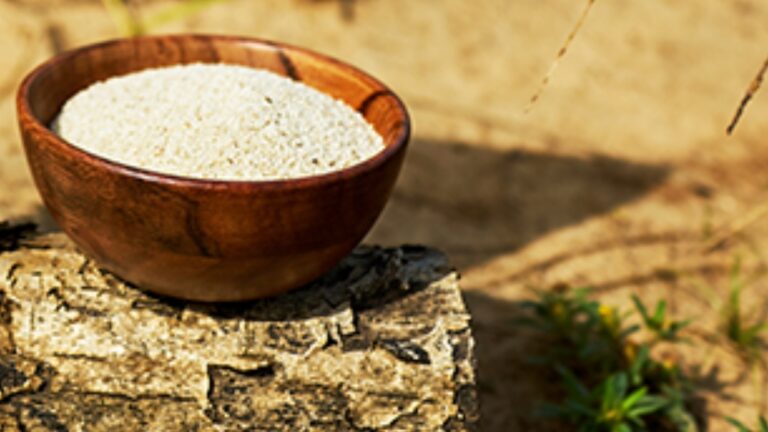
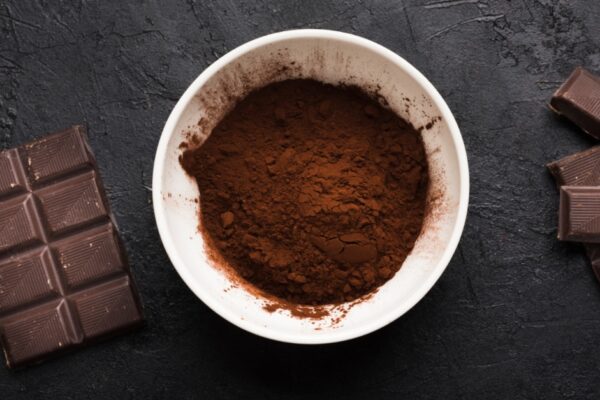
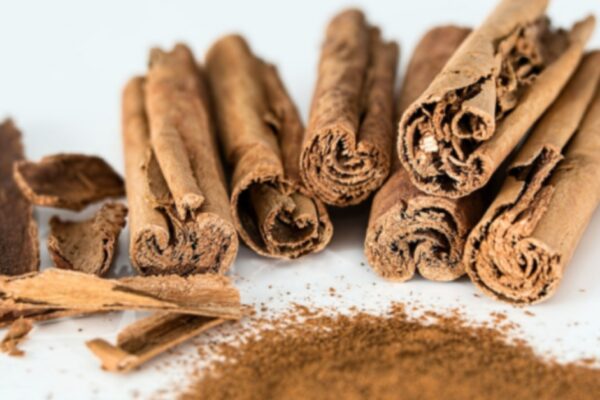

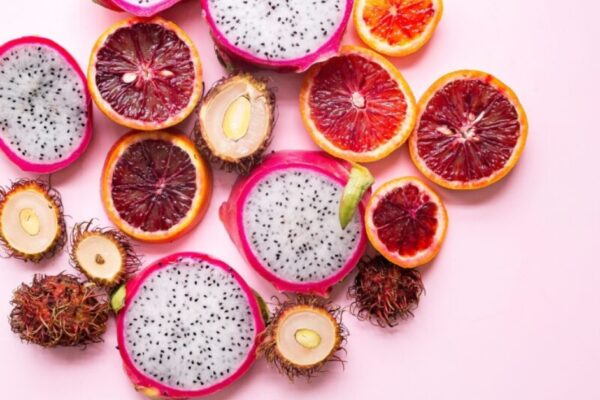
My brother suggested I might like this blog. He was totally
right. This post actually made my day. You cann’t imagine just how much time
I had spent for this info! Thanks!